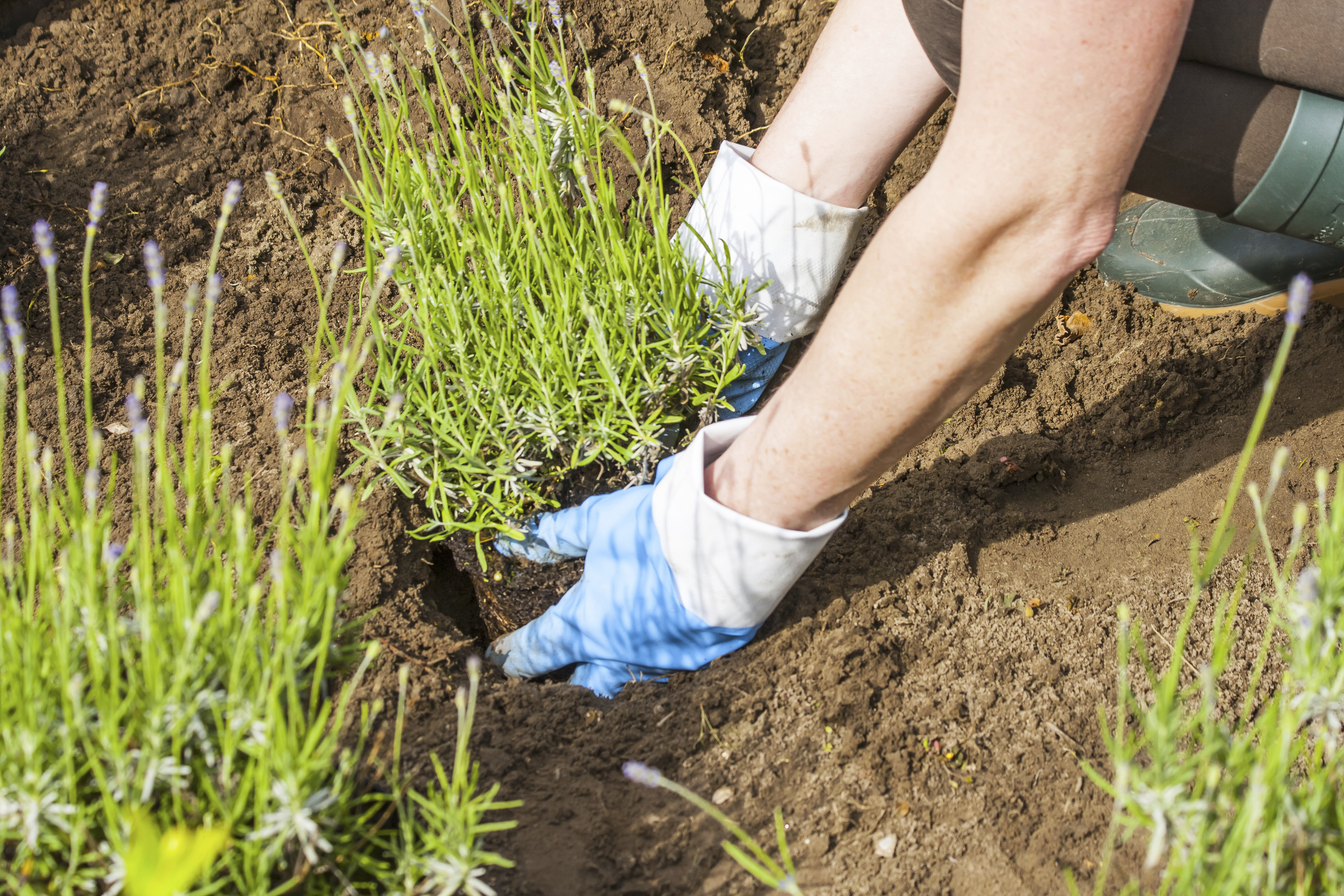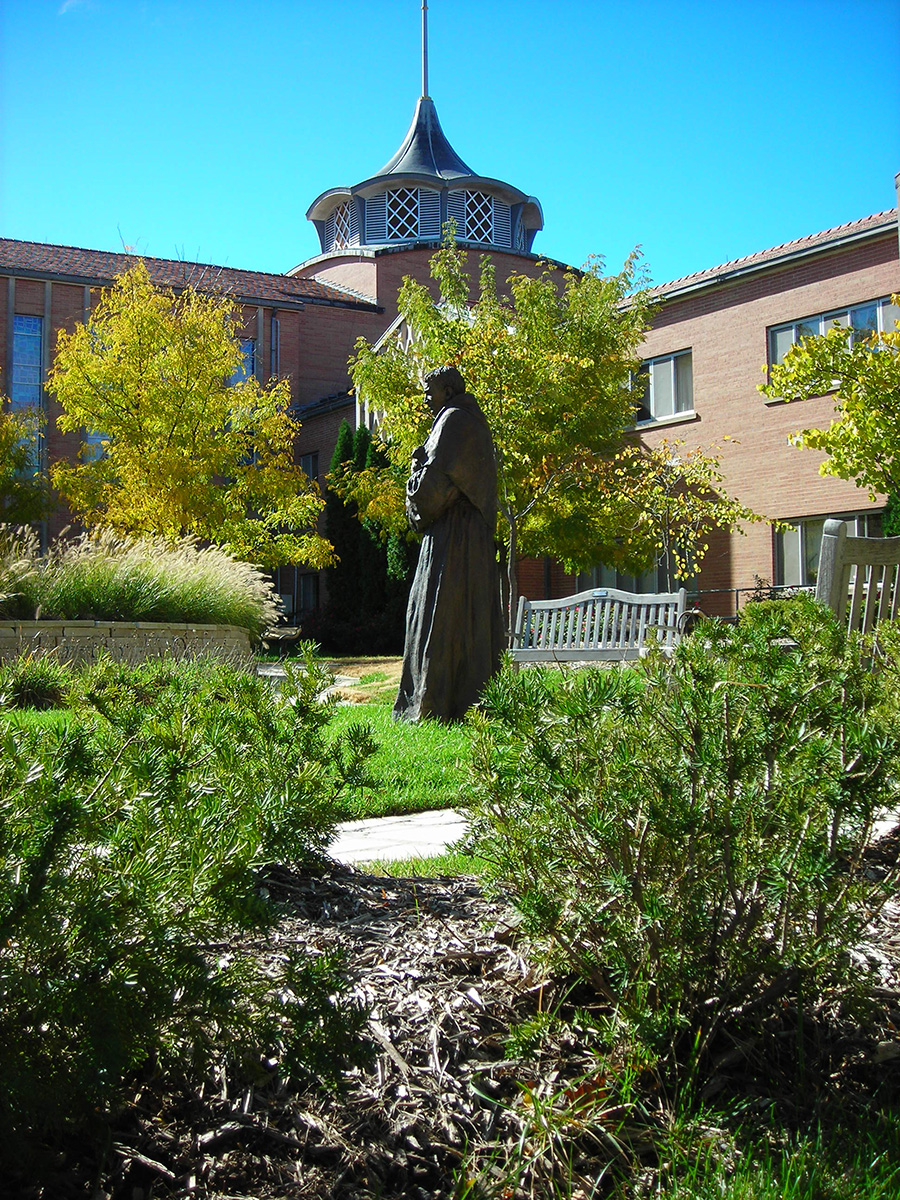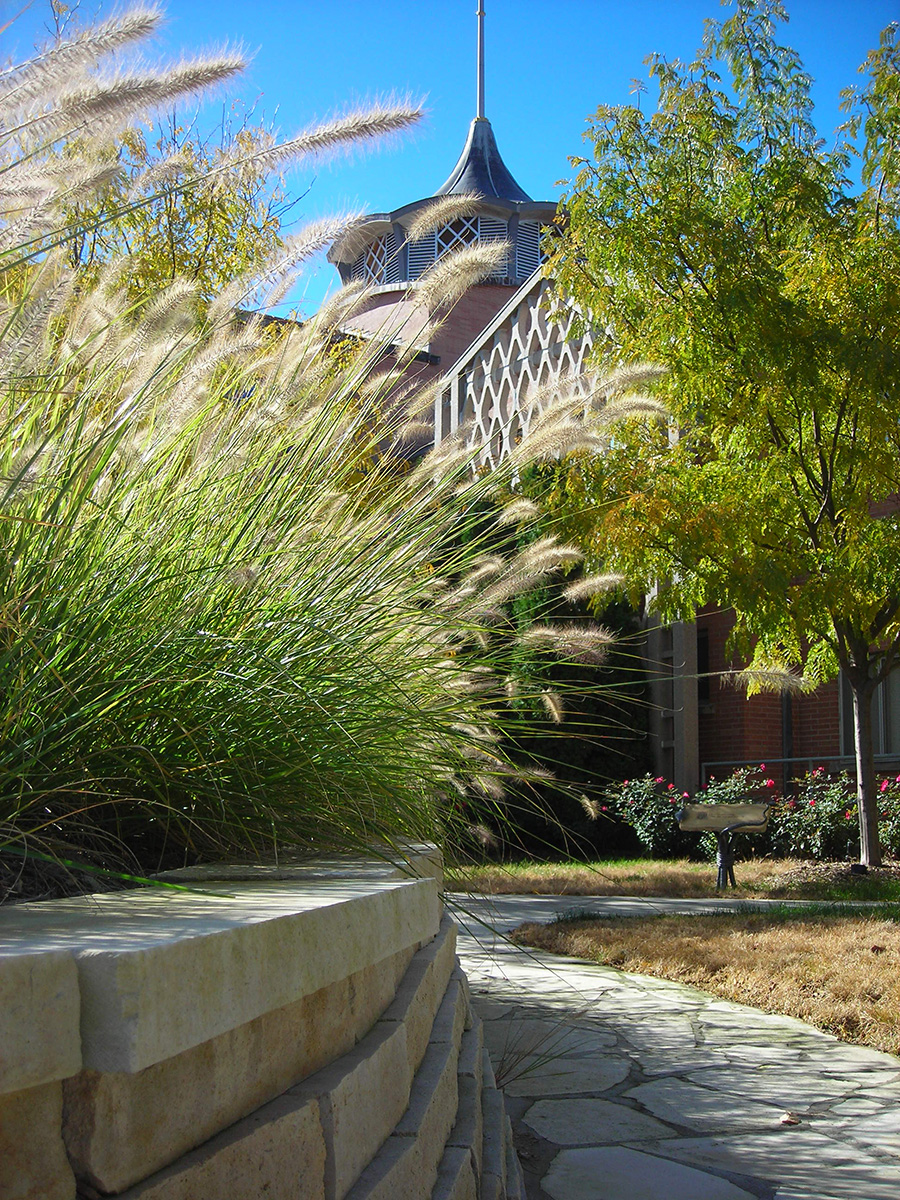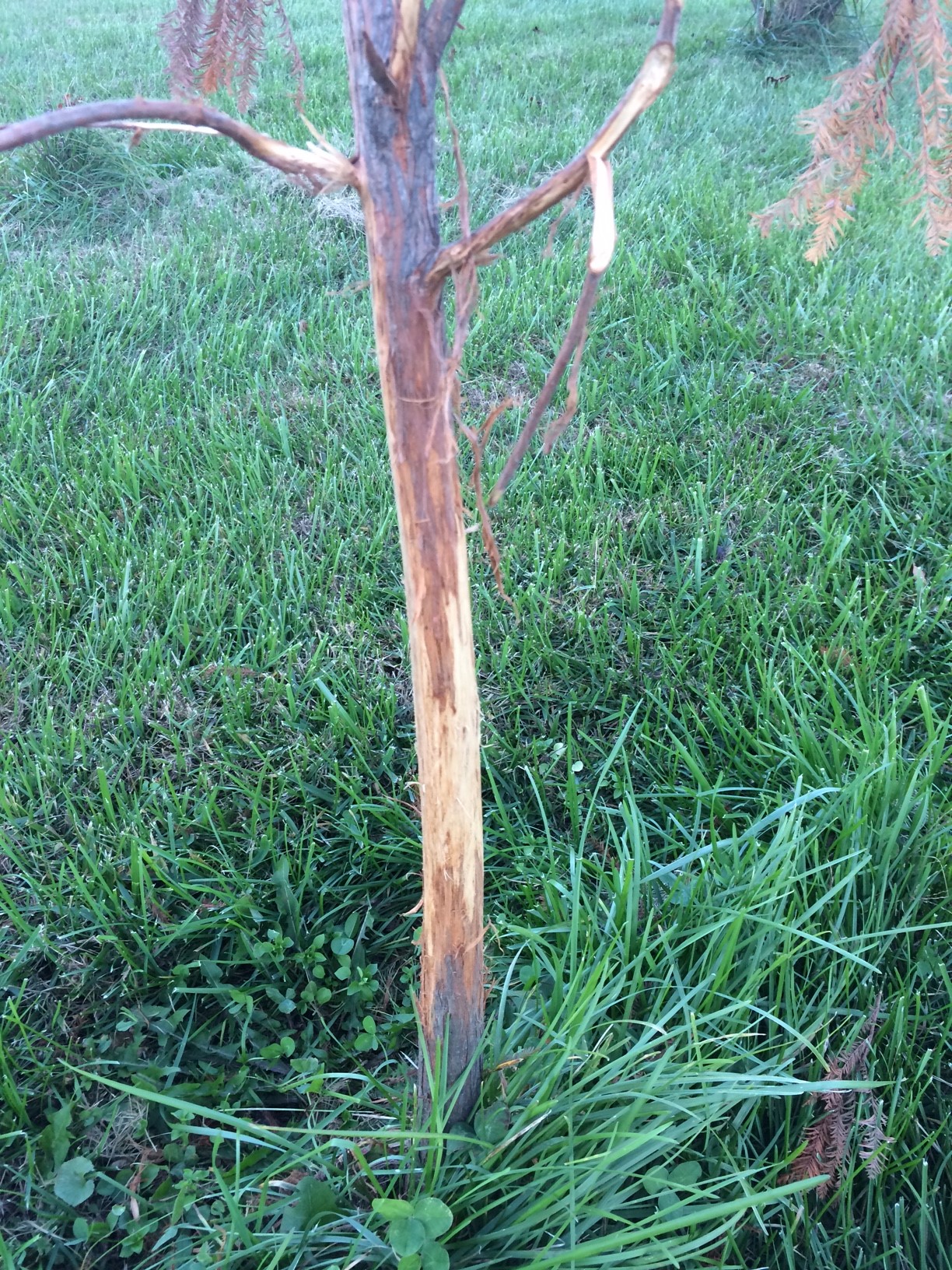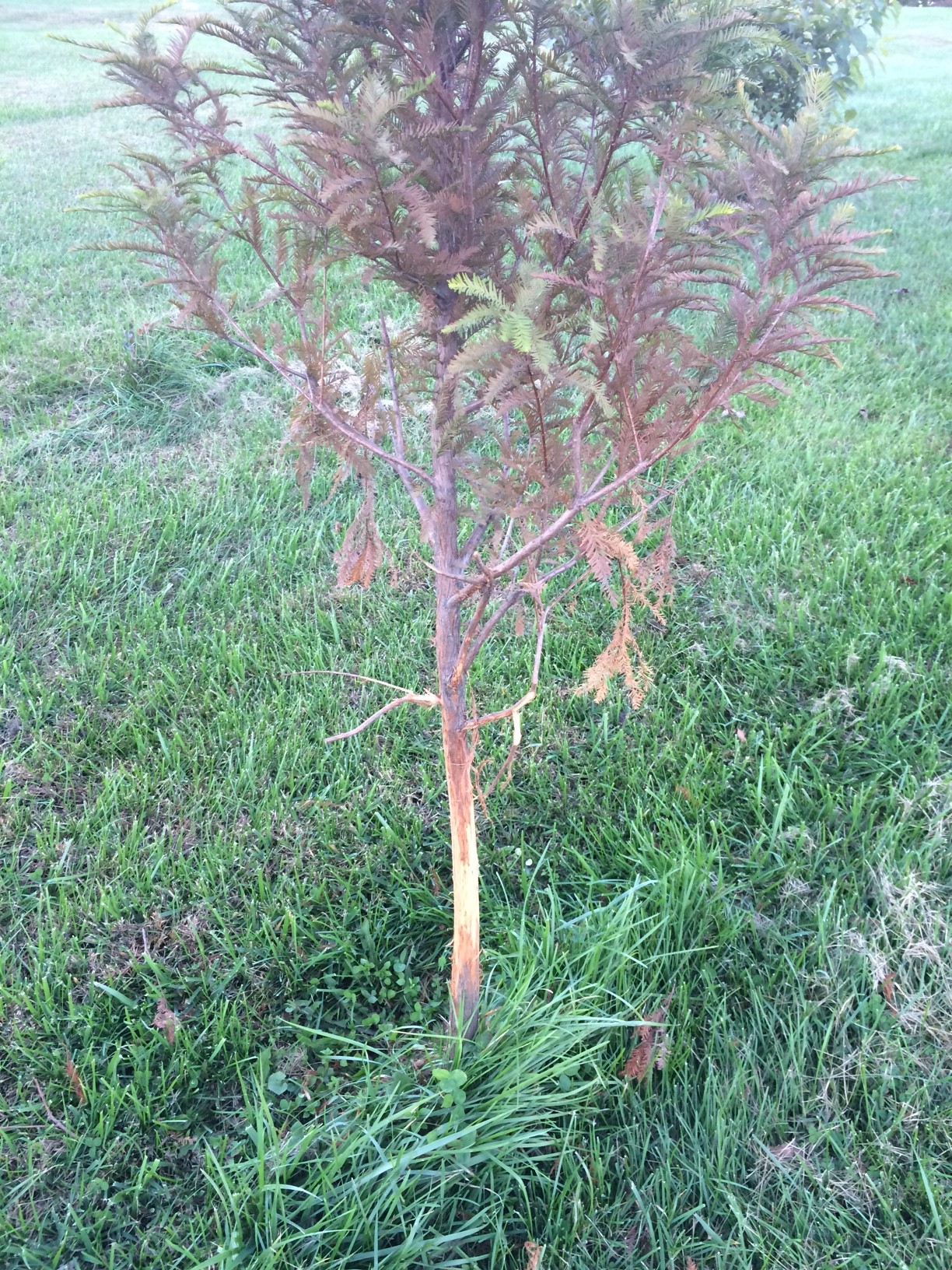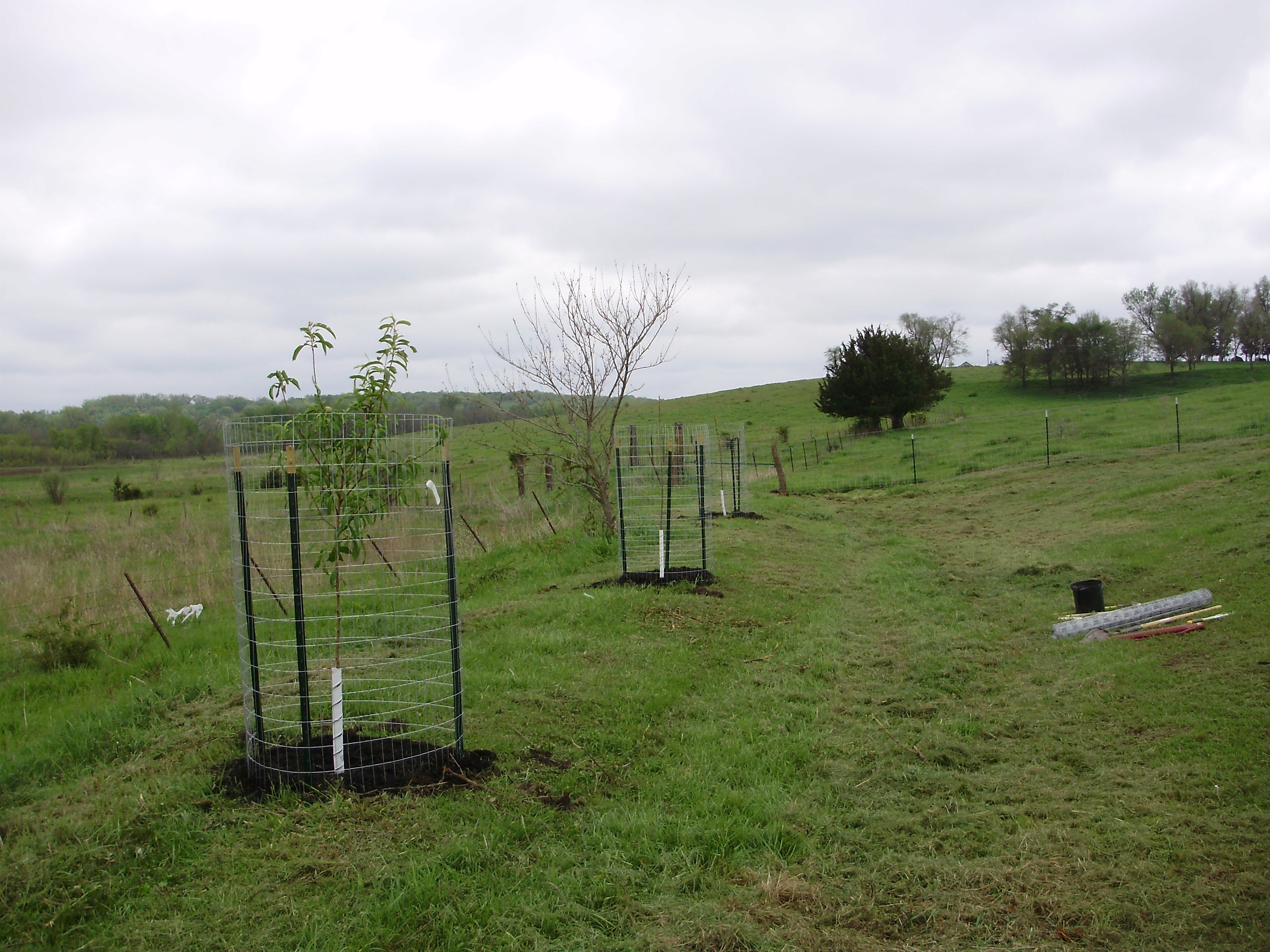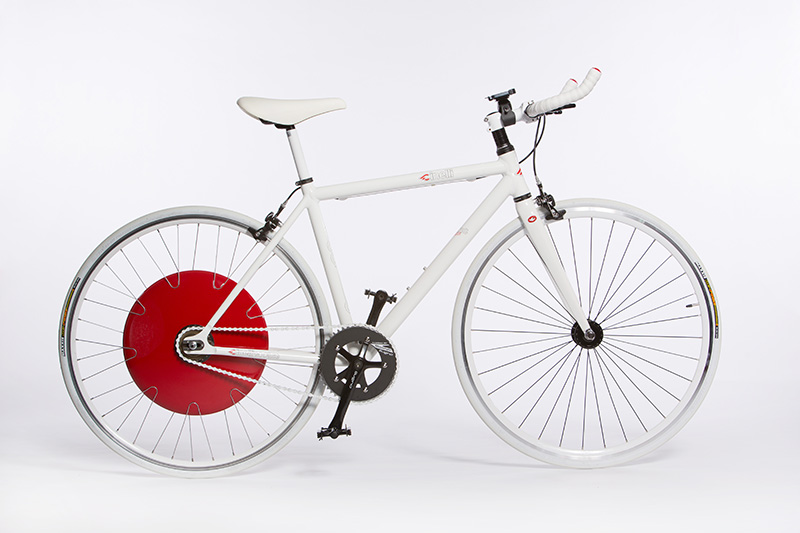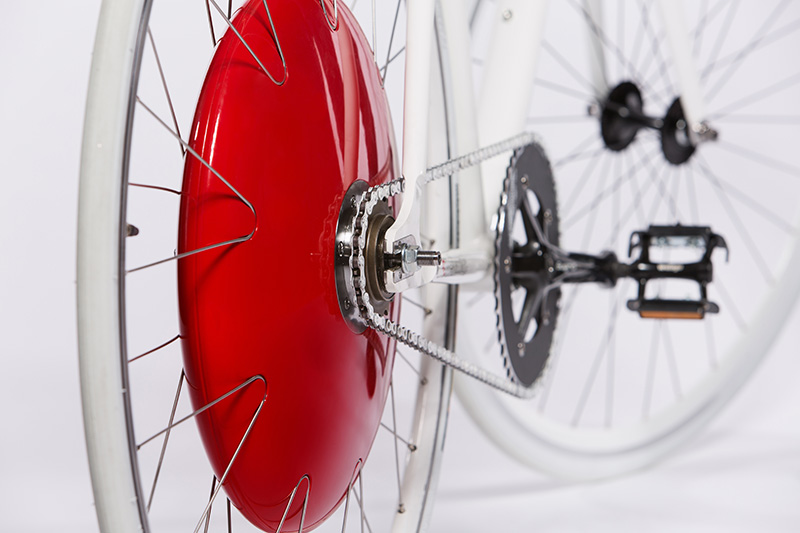When we get this question here in the Midwest, we tend to answer generally, “It’s most appropriate to plant perennials in spring and fall.” Spring and fall usually mean more rainfall and moderate temperatures in our region, both of which are beneficial for plant establishment. However, when to plant really depends on what you are planting.
Season of Bloom
If a plant normally blooms in spring or early summer, it will most likely benefit from late summer to fall planting. Tucking these guys into beds before winter dormancy gives them an opportunity to root in and become more established before expending their energy in bloom come spring. If your posies bloom in late summer or fall, a spring planting will do just fine.
Size at Planting
Larger-sized plants, when referring to root mass, overwinter more safely than little guys who can get pushed up and out by the freeze-thaw cycle. If you’re planting quart-sized or smaller plants in fall, check on them periodically to ensure their root masses are still firmly in contact with the soil bed. If they heave, they can dry out quickly and become a winter casualty.
Day Length Requirements
Many plants require specific day lengths to trigger their bloom time, which is why you have plants that bloom at different times of the year, and why we discussed planting based upon season of bloom above. But day length, or photoperiod, affects more than flowering.
Some plants need longer periods of daylight to stimulate any growth. Take hostas for example. Most hostas require long day lengths to promote root and leaf development. If you plant hostas from mid-July through fall, they may not put on any significant new growth. If you plant small, very young hostas at that time of year, they may not bulk up or set roots in time to reliably survive the winter.
Is there a best time of year to plant that fits all perennials? Not really, but taking the above recommendations under consideration and following up with proper watering and maintenance will take the trickiness out of establishment and get your landscape in and growing.

